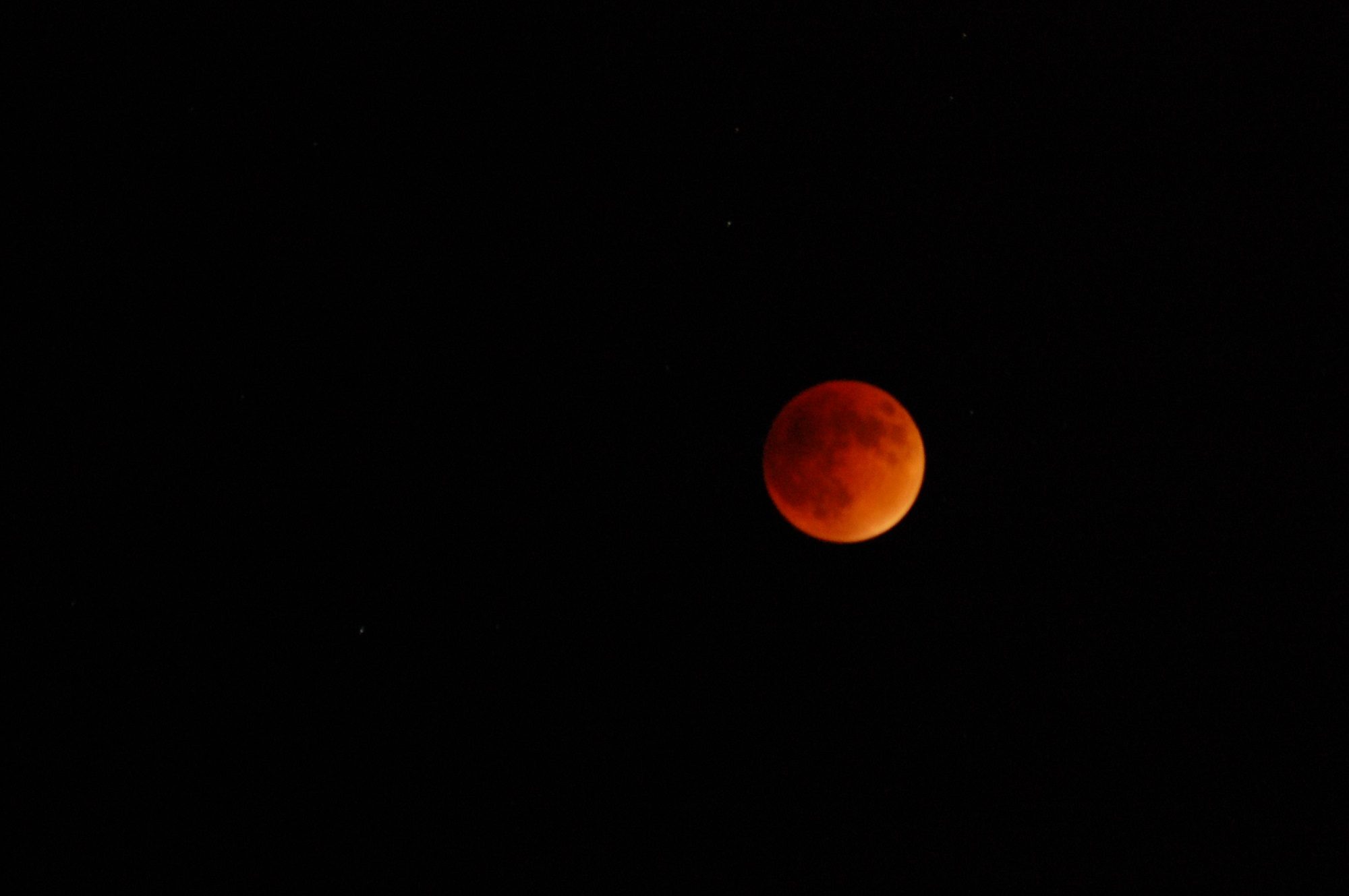Question
How different from the average temperature of the earth would the temperature of a blackbody need to be in order to balance the energy received by the earth from the sun? Assume that the earth’s albedo (hemispherical reflectance) is 0.31, which means the earth reflects 0.31 of the solar irradiance. What is the primary reason for this difference (in few sentences)?
Solution
Emitted Solar Radiation
Msun = 6.3519 e+7 W/m^2 [derived from Stefan Boltzmann Law]
Surface Area of the Sun = 6.1 e+18 m^2
Therefore, sun’s total energy output = (6.3519 e+7 W/m^2 )( 6.1 e+18 m^2) = 3.87 e+6 W
What reaches the earth’s atmosphere is only part of the total:
Solar irradiance = 1387.17 W/m^2
Computing the irradiance per unit area on the earth’s surface (Ei):
Ei = [(solar irradiance)(projected area of the earth)]/(surface area of the earth)]
Ei = (average value over the whole earth, while in reality only half of the earth receives sunlight at any given time.)
Considering earth’s albedo of 31%:
Albedo = (0.31)(347) = 107.57 W/m^2 [total energy reflected back]
Thus, the remaining energy, 69% of the incoming, is absorbed by the earth’s surface and the clouds.
Energy absorbed = (0.69)(347) = 239.43 W/m^2
To balance the energy received by the earth from the sun to that of a blackbody:
Energy absorbed (earth) = Energy Emitted (blackbody)
239.43 W/m^2 = (Boltzmann constant)* T^4 where: Boltzmann constant = 5.6697 e-8
Solving for the temperature:
T = 254.92 K
Difference in temperature = Earth’s average temperature – Temperature of the blackbody
= 288 – 254.92 = 33.08 K
To balance the energy received by the earth from the sun, the blackbody needs to be at a temperature equal to 254.92 K. This is different for the theoretical surface temperature expected from the earth’s surface which is 288 K.
The surface of the earth is warmer due to greenhouse gases in the atmosphere which retain the heat. Though the contribution of an interior source seems insignificant, the earth also radiates little energy than what it receives from the sun.
